Home>diy>Building & Construction>What To Do If There Is A Fire In Your Apartment Building
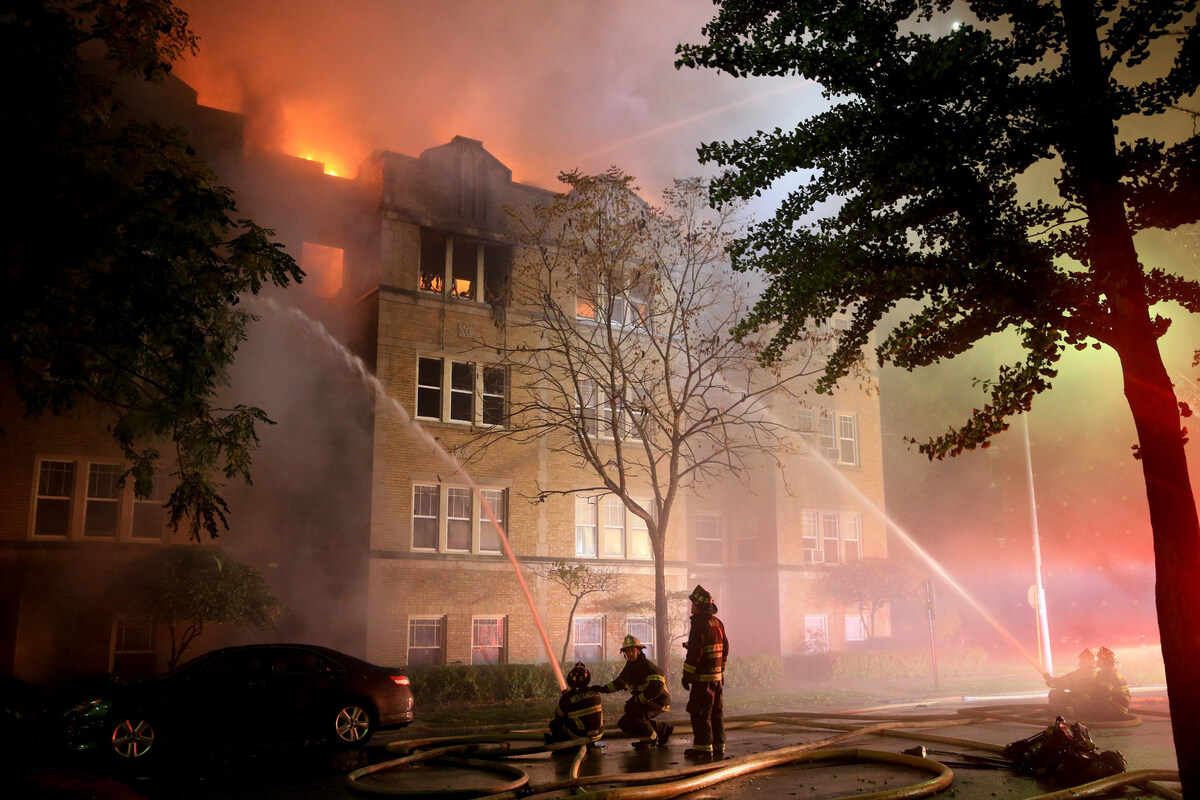

Building & Construction
What To Do If There Is A Fire In Your Apartment Building
Modified: December 7, 2023
Discover the essential steps to take if a fire breaks out in your apartment building. Our expert advice can help you navigate this emergency situation with confidence.
(Many of the links in this article redirect to a specific reviewed product. Your purchase of these products through affiliate links helps to generate commission for Storables.com, at no extra cost. Learn more)
Introduction
Experiencing a fire in your apartment building can be a terrifying and dangerous situation. It is crucial to know how to respond quickly and effectively to ensure your safety and the safety of others. By following the right steps, you can minimize the risk of injury and increase your chances of a safe evacuation.
In this article, we will guide you through the necessary actions to take if there is a fire in your apartment building. From staying calm and assessing the situation to alerting others and evacuating, every step is essential in ensuring a safe outcome. By familiarizing yourself with this information, you can be prepared and confident in the event of an emergency.
Remember, your safety should always be the top priority. Stay calm, think clearly, and follow these steps to protect yourself and those around you.
Key Takeaways:
- Stay calm, assess, and act swiftly during a fire in your apartment building. Alert others, evacuate using stairs, and follow safety protocols to ensure a safe outcome.
- Prioritize safety, close doors, and stay low to avoid smoke inhalation. Call emergency services, follow designated meeting points, and never re-enter the building until it’s safe.
Step 1: Stay calm and assess the situation
As soon as you become aware of a fire in your apartment building, it is crucial to remain calm and assess the situation. Panic can cloud your judgment and hinder your ability to respond effectively.
First, check to see if you can identify the location of the fire. Listen for any sounds or smells indicating the source of the fire. If you see smoke or flames, try to determine how severe the situation is.
Assessing the situation will help you make informed decisions when it comes to alerting others and determining the best evacuation route. It will also allow you to communicate accurate information to emergency services when you call for help.
Remember, every second counts in a fire, but it is important to stay calm and think clearly. By staying composed, you can ensure a safer and more efficient response to the emergency.
Step 2: Alert others and activate the fire alarm
Once you have assessed the situation, it’s time to alert others in the building and activate the fire alarm. This step is crucial for ensuring that everyone in the building is aware of the fire and can begin the evacuation process.
If there are people in your apartment unit, quickly notify them by shouting or knocking on their doors. Alert them to the fire and instruct them to evacuate immediately. If possible, assist any neighbors who may require help, such as the elderly or individuals with mobility issues.
In addition to notifying residents, it is important to activate the fire alarm system. Most apartment buildings are equipped with a central fire alarm system that can be triggered by pulling a lever or pressing a button. This action will sound a loud alarm throughout the building, alerting everyone to the emergency.
Activating the fire alarm is crucial as it notifies people who may not be aware of the fire, giving them the opportunity to evacuate swiftly. It also alerts emergency services, who will respond more rapidly when they receive a fire alarm notification.
If the fire alarm does not automatically activate in your building, try to locate the nearest communal fire alarm pull station and activate it yourself. The fire alarm will help minimize panic and allow for a coordinated evacuation.
Remember, time is of the essence when it comes to alerting others and activating the fire alarm. Promptly notifying everyone in the building and triggering the alarm are essential steps in ensuring a swift and efficient evacuation.
Step 3: Evacuate immediately
Once the fire alarm has been activated and you have alerted others, the next step is to evacuate the building as quickly and safely as possible. Evacuating immediately is crucial as fires can spread rapidly, and every second counts in ensuring your safety.
Leave your apartment immediately, closing the door behind you to help prevent the fire from spreading further. Do not waste time gathering personal belongings or searching for valuables. Your priority should be getting yourself and others out of the building safely.
When evacuating, use the nearest available exit. Familiarize yourself with the fire evacuation plan of your building, which should indicate the primary and secondary exits to be used in emergency situations. Follow any directional signs or instructions from building management or emergency personnel.
If you encounter heavy smoke in the hallway, do not attempt to pass through it. Smoke inhalation can be extremely dangerous. Instead, find an alternative route or use a wet cloth to cover your mouth and nose to reduce the inhalation of smoke.
As you make your way out, be cautious of any obstacles or hazards that may impede your path. Stay low to the ground, where the air is less likely to be smoke-filled. If possible, stay close to the wall as you move along to avoid potential falling debris.
Remember, during an evacuation, do not use elevators. Elevators should only be used by emergency personnel or individuals with mobility issues who cannot exit the building via the stairs. Stairways are typically the safest and fastest route for evacuation.
Once you have safely evacuated the building, proceed to a designated meeting point at a safe distance from the building. This will allow emergency personnel to account for all occupants and ensure everyone is out of harm’s way.
Evacuating immediately and following the designated evacuation routes are vital steps in safeguarding yourself and others during a fire emergency. Stay calm, move quickly, and prioritize your safety above all else.
Step 4: Use the stairs, not the elevator
During a fire emergency in your apartment building, it is crucial to use the stairs instead of the elevator when evacuating. While it may be tempting to take the elevator for a faster escape, using the stairs is much safer and reduces the risk of becoming trapped or injured.
Elevators should only be used by emergency personnel or individuals with mobility issues who are unable to use the stairs. Here’s why:
- Power outages: During a fire, power disruptions are common. If you use the elevator and the power cuts out, you may become trapped inside, putting yourself at risk of smoke inhalation or injury.
- Fire spread: Elevator shafts can act as chimneys, allowing flames and smoke to quickly spread to other floors of the building. By using the stairs, you reduce the chances of being exposed to fire and smoke.
- Emergency access: Emergency personnel need to have unobstructed access to the building to fight the fire and rescue individuals. Using the stairs ensures that firefighters can navigate the building quickly and efficiently.
- Evacuation congestion: In a fire emergency, many people will be evacuating simultaneously. Using the stairs helps to prevent overcrowding in the elevators, allowing for a faster and smoother evacuation process for everyone.
When using the stairs, proceed in an orderly manner and avoid pushing or rushing. Hold onto the handrail for stability and take one step at a time. If you encounter smoke in the stairwell, stay low, and cover your mouth and nose with a cloth to reduce inhalation of smoke.
By utilizing the stairs and avoiding the elevators, you can significantly reduce the risks associated with evacuating during a fire emergency. Remember, your safety is of utmost importance, so always choose the safest route for evacuation.
Step 5: Stay low to avoid smoke inhalation
During a fire in your apartment building, one of the biggest risks to your health is smoke inhalation. Smoke can fill the building quickly, impairing your visibility and making it difficult to breathe. To minimize the risk of smoke inhalation, it is crucial to stay low as you evacuate.
Smoke rises, and the highest concentration of toxic gases and particles is usually found near the ceiling. By staying close to the ground, you can breathe in relatively cleaner air and reduce the chances of inhaling harmful substances.
As you make your way through the building, stay as low as possible. Crouch or crawl to maintain a low profile. This positioning will also help you navigate through the building, as smoke tends to accumulate higher up, obscuring vision.
If you encounter a smoke-filled area, move quickly but cautiously. Cover your mouth and nose with a cloth or a mask if available. If a wet cloth is accessible, use it to cover your mouth and nose. This can help filter out some of the smoke and provide temporary relief.
Remember, smoke inhalation can cause serious respiratory complications and disorientation, making it difficult to find your way out of the building. By staying low and minimizing your exposure to the smoke, you are taking critical steps to protect your breathing and improve your chances of a safe evacuation.
If there is a fire in your apartment building, immediately evacuate the building using the stairs, not the elevator. Stay low to the ground to avoid smoke inhalation and feel doors for heat before opening them. Call 911 once you are safely outside.
Step 6: Close doors behind you
As you evacuate the apartment building during a fire emergency, it is crucial to close doors behind you. Closing doors can have a significant impact on slowing down the spread of fire, smoke, and heat throughout the building.
When a door is closed, it acts as a barrier, creating compartments within the building. This barrier helps to contain the fire in its initial location, preventing it from spreading rapidly to other areas. Closed doors also limit the entry of smoke and reduce the risk of inhalation as you make your way to safety.
As you exit a room, close the door behind you. This includes both apartment doors and any other doors you encounter along the evacuation route, such as stairwell doors or hallway doors. Use your hand to feel the door quickly for heat before touching the handle. If the door feels hot, do not open it. Instead, find an alternative escape route.
By closing doors, you can buy valuable time for yourself and others in the building. It helps to prevent the fire from spreading rapidly, providing emergency personnel with more time to respond and conduct rescue operations. Closed doors also act as a barrier against smoke, reducing its infiltration into common areas and other apartments.
Remember, closing doors may seem like a small step, but it can have a significant impact on slowing down the progress of a fire and protecting the lives of those within the building. Don’t underestimate the importance of this simple yet effective measure.
Step 7: Check for obstacles and escape routes
During a fire emergency in your apartment building, it is essential to be aware of your surroundings and check for any obstacles or blocked escape routes that may hinder your evacuation. It is crucial to have a clear path to safety.
As you make your way through the building, be vigilant and watch out for any fallen objects, debris, or obstructions in the hallways or stairwells. These obstacles can impede your progress and slow down your evacuation. Clear a path if it is safe to do so or find an alternative route.
Ensure that all doors, including fire doors, are open and not blocked. Fire doors are designed to contain smoke and fire, so if they are closed or blocked, it may indicate a potential danger or an inaccessible exit. Only use doors that are designated as emergency exits or the primary evacuation route.
If you encounter a blocked exit or a pathway that is unsafe to pass through, avoid that route and find an alternative way out. This might involve doubling back or using an alternate stairwell or exit. Trust your instincts and prioritize your safety.
It is also crucial to familiarize yourself with the layout of the building and the locations of emergency exits and stairwells beforehand. This knowledge will help you quickly identify the closest and safest escape route in the event of a fire.
By actively checking for obstacles and assessing escape routes, you can ensure a smoother and faster evacuation process. Stay alert, remain calm, and adapt your path as needed to reach safety.
Step 8: Call emergency services
When confronted with a fire in your apartment building, it is crucial to call emergency services as soon as possible. Promptly alerting the fire department will ensure that professional help is on the way to deal with the situation effectively.
Once you are safely outside the building, dial the emergency number for your country (such as 911 in the United States) and provide clear and concise information about the fire. Stay calm and provide the following information:
- Your name and location
- The address of the building
- A description of the fire and its location
- Any additional details that may assist emergency personnel
Answer any questions the operator may have and follow their instructions. It is essential to provide accurate and up-to-date information to ensure that the fire department can respond quickly and appropriately.
Remember, firefighters are trained professionals equipped with the necessary tools and knowledge to handle fires. Calling emergency services will not only help protect your own safety but also ensure the safety and well-being of others in the building.
Once you have made the emergency call, relay the information to others who may be evacuating the building and direct them to the designated meeting point. This ensures that everyone is aware that help is on the way and allows emergency personnel to gather accurate information from multiple sources.
Calling emergency services is a critical step in managing a fire emergency. By promptly alerting the proper authorities, you are taking crucial action to ensure a swifter and more effective response to the situation at hand.
Read more: What Is A Porter In An Apartment Building
Step 9: Follow the designated meeting point
Following a fire in your apartment building, it is important to gather at the designated meeting point outside the building. This step helps emergency personnel account for all residents and ensures everyone’s safety.
Building management should have established a designated meeting point, typically a safe distance away from the building. This location allows everyone to gather in a centralized area where emergency personnel can easily verify that all occupants are out of harm’s way.
Once you have evacuated the building, make your way to the designated meeting point without delay. Do not re-enter the building or linger in the vicinity, as this can hinder emergency response efforts.
At the meeting point, wait for further instructions from emergency personnel. They may need to gather additional information, provide medical assistance, or provide updates on the situation. Follow their directions and cooperate fully.
Take the opportunity to account for the people you evacuated with. Check if everyone from your apartment unit or group has made it safely to the meeting point. If someone is missing, inform the emergency personnel so that they can initiate the necessary search and rescue efforts.
Staying at the designated meeting point allows emergency responders to efficiently assess the situation, determine if anyone is unaccounted for, and coordinate their efforts accordingly. It also ensures that you are in a safe location away from the potential dangers of the fire.
Remember, following the designated meeting point is a crucial step in the evacuation process. By cooperating with emergency personnel and remaining in a designated area, you are helping ensure the safety and well-being of all residents.
Step 10: Do not re-enter the building until it is safe
After evacuating your apartment building due to a fire, it is vital that you do not attempt to re-enter the building until it has been deemed safe by the authorities. Returning to the building prematurely can put your life at risk and hinder the efforts of emergency responders.
Only enter the building when emergency personnel have given the official clearance that it is safe to do so. They will assess the situation, extinguish the fire, and conduct necessary inspections to ensure that the building is structurally sound.
Here’s why you should not re-enter the building until it is deemed safe:
- Structural instability: Fires can weaken the structural integrity of a building, making it unsafe to enter. The heat and flames can cause damage to important structural components, such as walls, floors, and ceilings, creating potential hazards.
- Hazardous conditions: Even after the fire is extinguished, there may still be lingering hazards such as smoke, toxic fumes, or chemical residue. These hazards can be harmful or even fatal if proper precautions are not taken.
- Ongoing investigations: Fire investigators need time to examine the scene and determine the cause of the fire. Re-entering the building prematurely may compromise their ability to gather evidence and could hinder the investigation process.
- Rescue operations: In some cases, there may still be individuals inside the building who require rescue or medical attention. Re-entering the building without authorization can interfere with the ongoing rescue operations and delay assistance to those in need.
It is crucial to follow the instructions of emergency personnel and wait for their signal before re-entering the building. They are trained to assess the safety conditions and will inform residents when it is safe to return to their apartments.
While waiting for clearance, cooperate with emergency responders and provide any necessary information or assistance. Take this time to communicate with building management or emergency personnel to gather information about temporary accommodations or other support services that may be available.
Remember, prioritizing your safety and the safety of others is of utmost importance. Stay vigilant, follow the guidance of emergency personnel, and only re-enter the building when it has been confirmed as safe to do so.
Conclusion
Experiencing a fire in your apartment building can be a frightening and potentially life-threatening situation. However, by staying calm, being prepared, and following the right steps, you can greatly increase your chances of a safe evacuation.
In this article, we have outlined the ten crucial steps to take if there is a fire in your apartment building:
- Stay calm and assess the situation.
- Alert others and activate the fire alarm.
- Evacuate immediately.
- Use the stairs, not the elevator.
- Stay low to avoid smoke inhalation.
- Close doors behind you.
- Check for obstacles and escape routes.
- Call emergency services.
- Follow the designated meeting point.
- Do not re-enter the building until it is safe.
Remember, your safety and the safety of others should always be the top priority in a fire emergency. Stay calm, alert others, and follow instructions from emergency personnel. Familiarize yourself with the fire evacuation plan and the layout of your building, so you know the best escape routes.
By acting swiftly, staying aware of your surroundings, and following the recommended steps, you are equipping yourself with the knowledge and preparedness necessary to handle a fire emergency in your apartment building.
Lastly, it is crucial to regularly review and practice fire safety protocols with your household members or neighbors. This will help ensure that everyone knows what to do and where to go in case of a fire.
Stay informed, stay prepared, and stay safe!
Frequently Asked Questions about What To Do If There Is A Fire In Your Apartment Building
Was this page helpful?
At Storables.com, we guarantee accurate and reliable information. Our content, validated by Expert Board Contributors, is crafted following stringent Editorial Policies. We're committed to providing you with well-researched, expert-backed insights for all your informational needs.
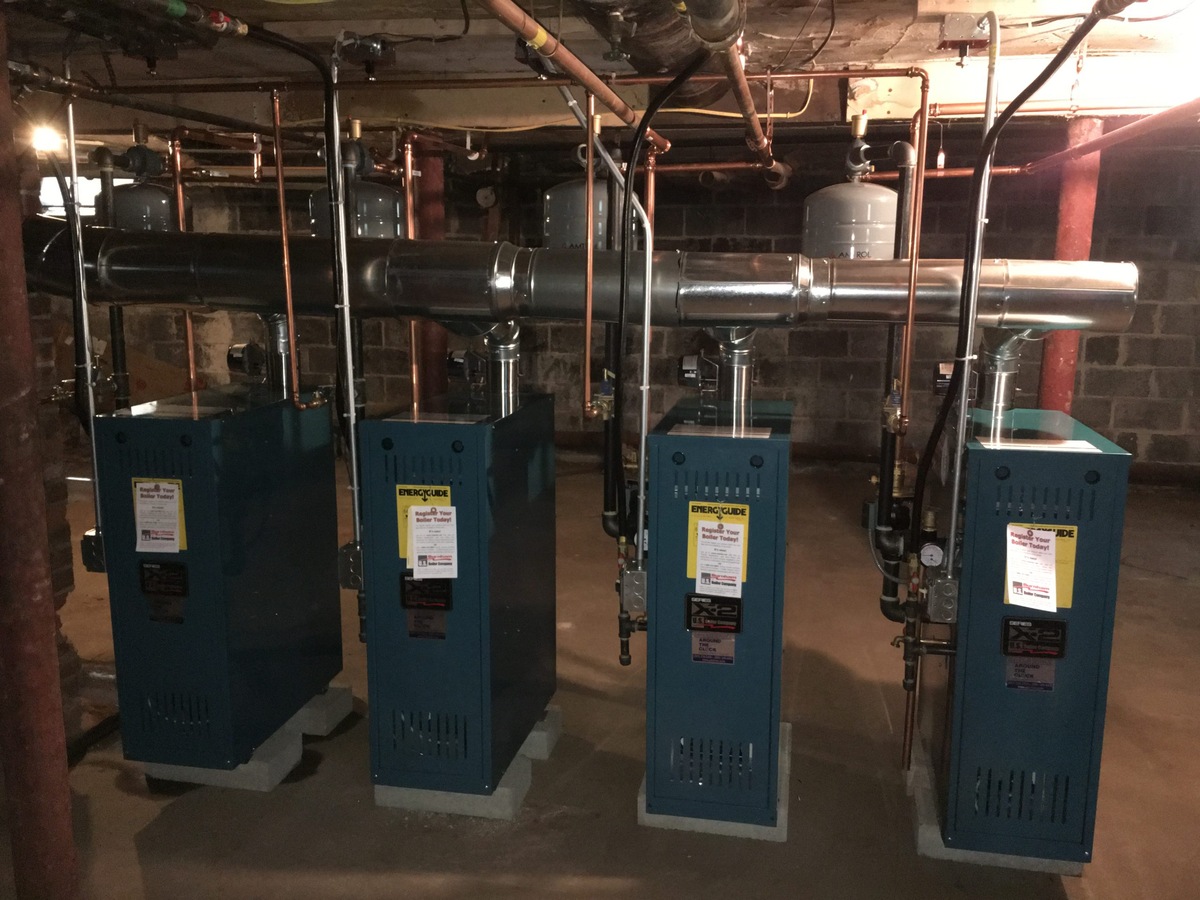
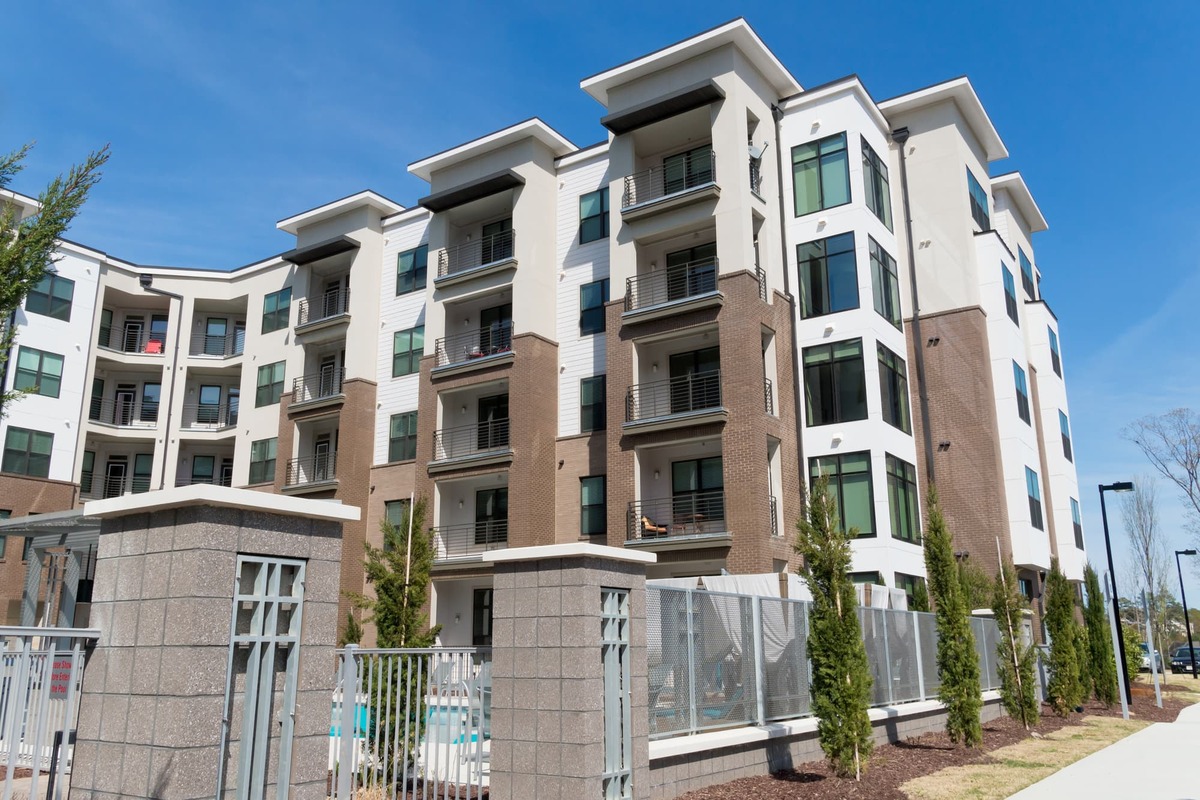
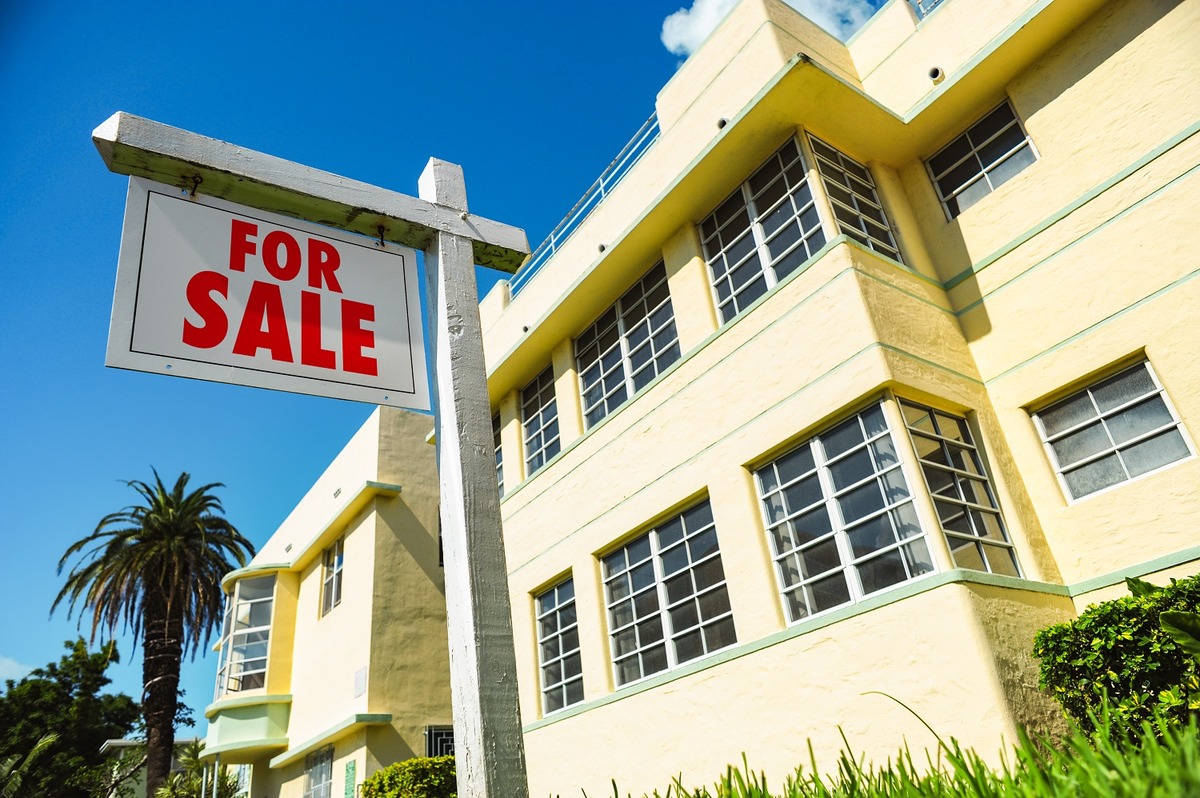


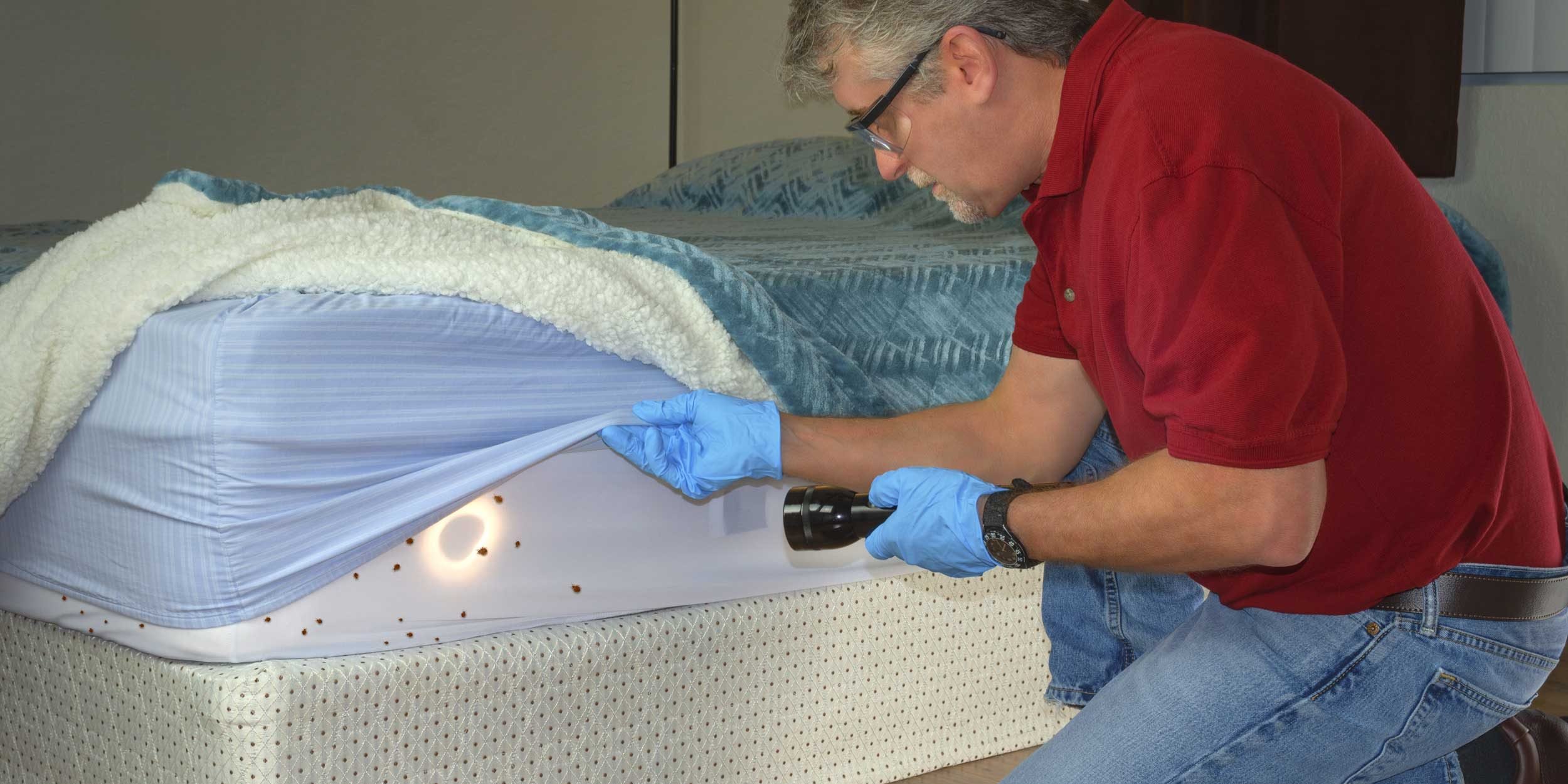
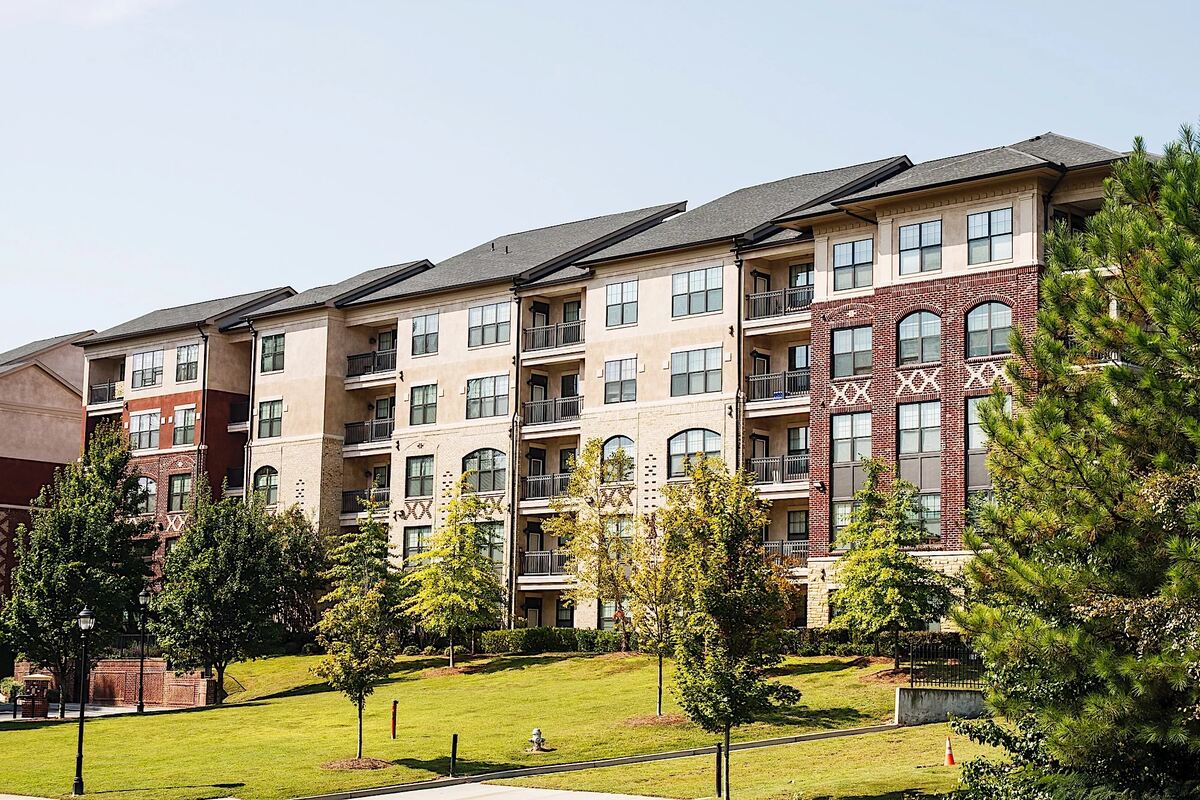
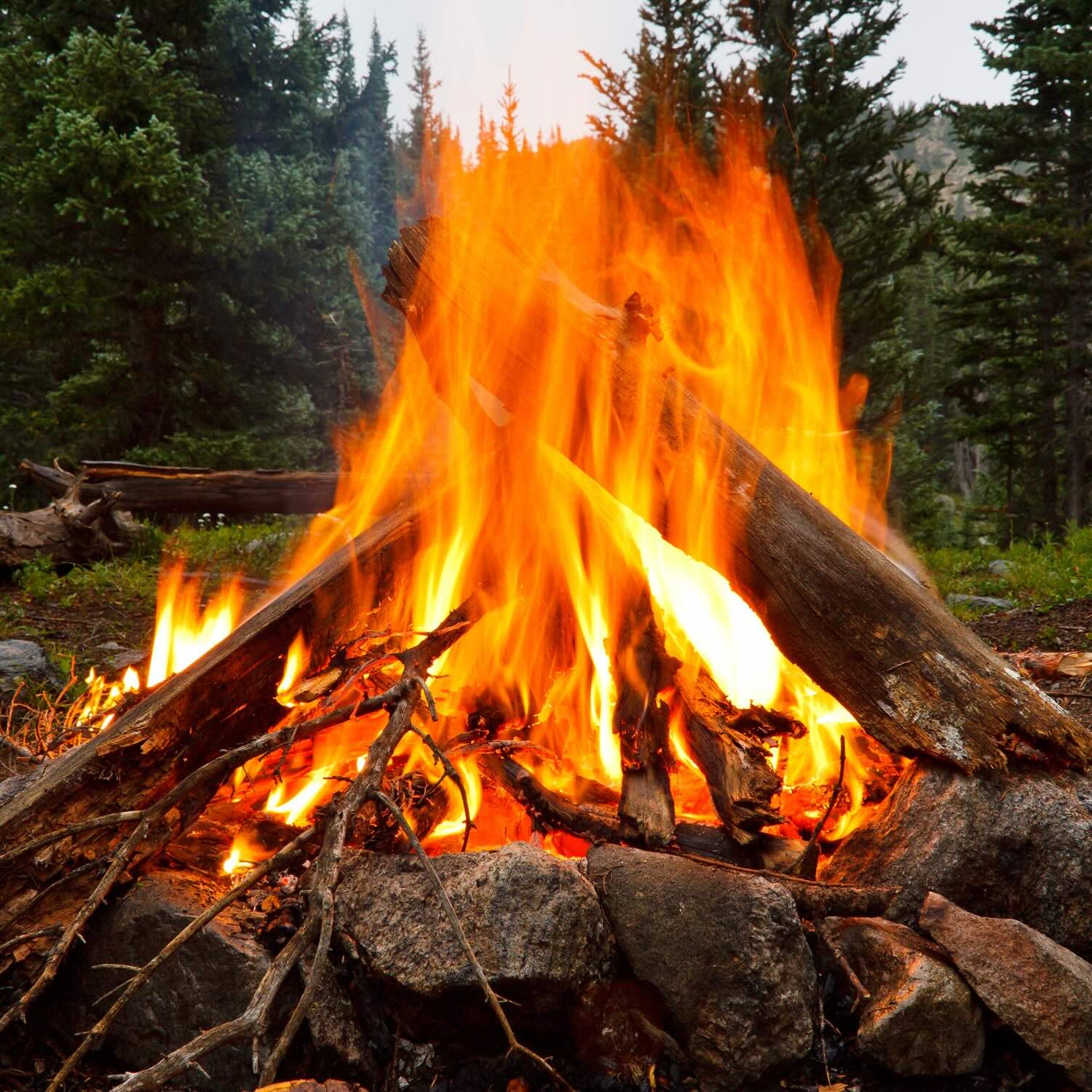
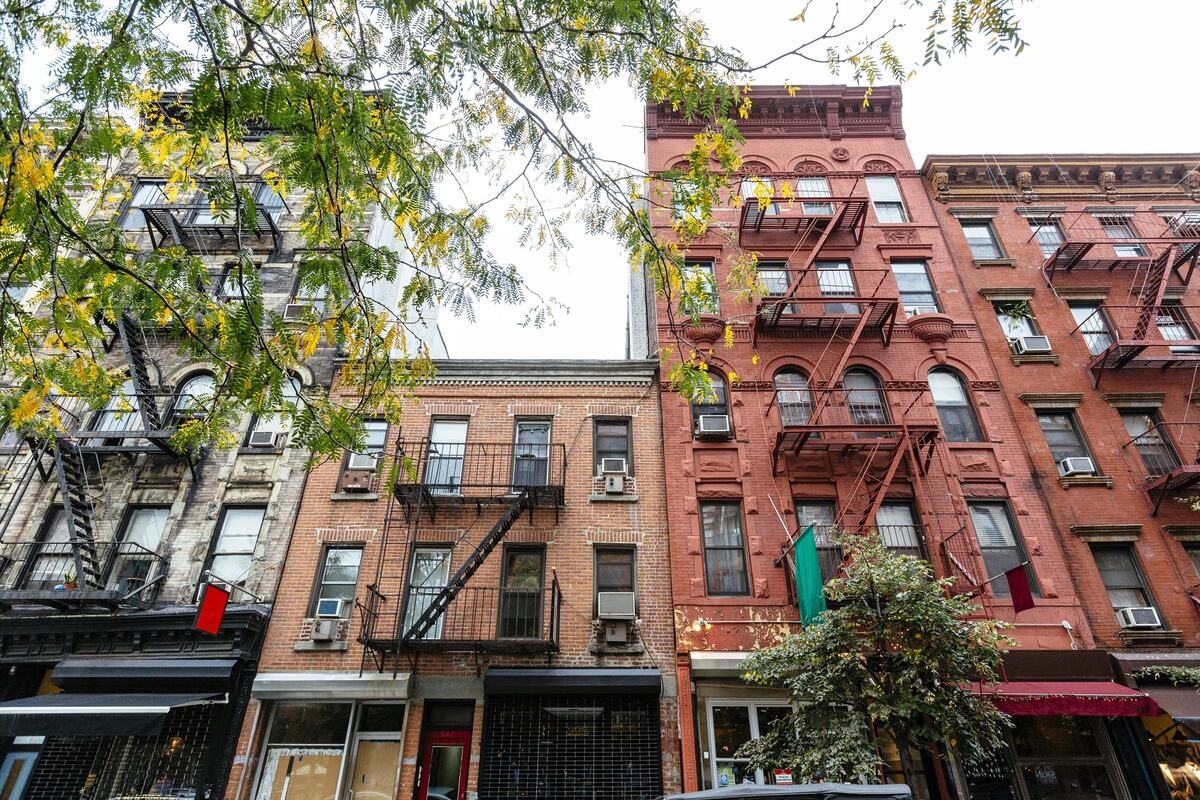

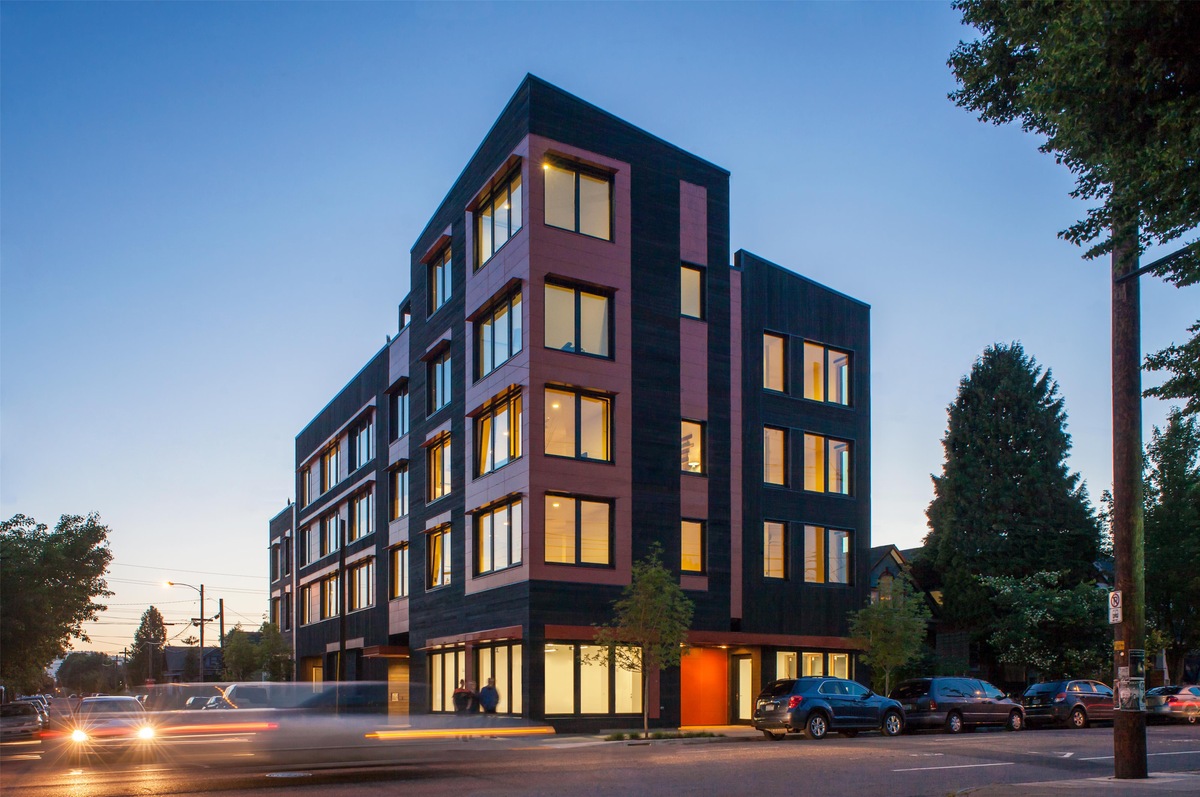
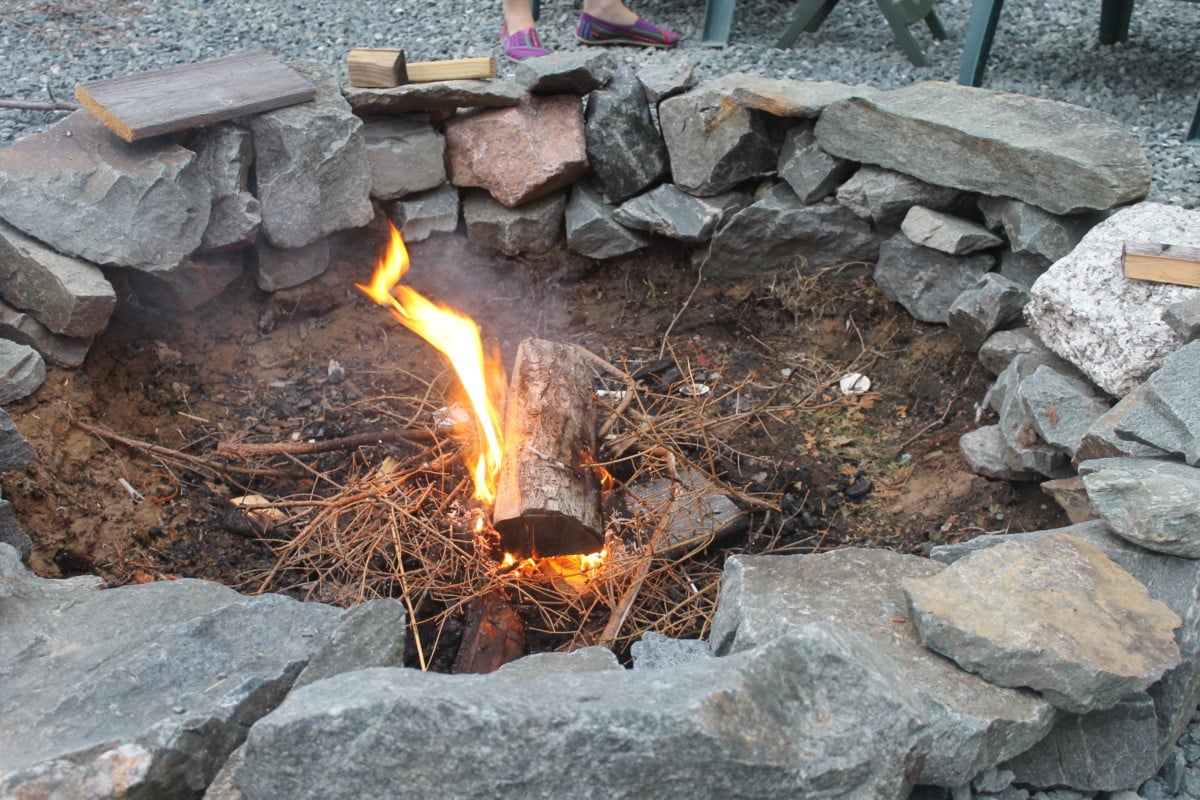


0 thoughts on “What To Do If There Is A Fire In Your Apartment Building”